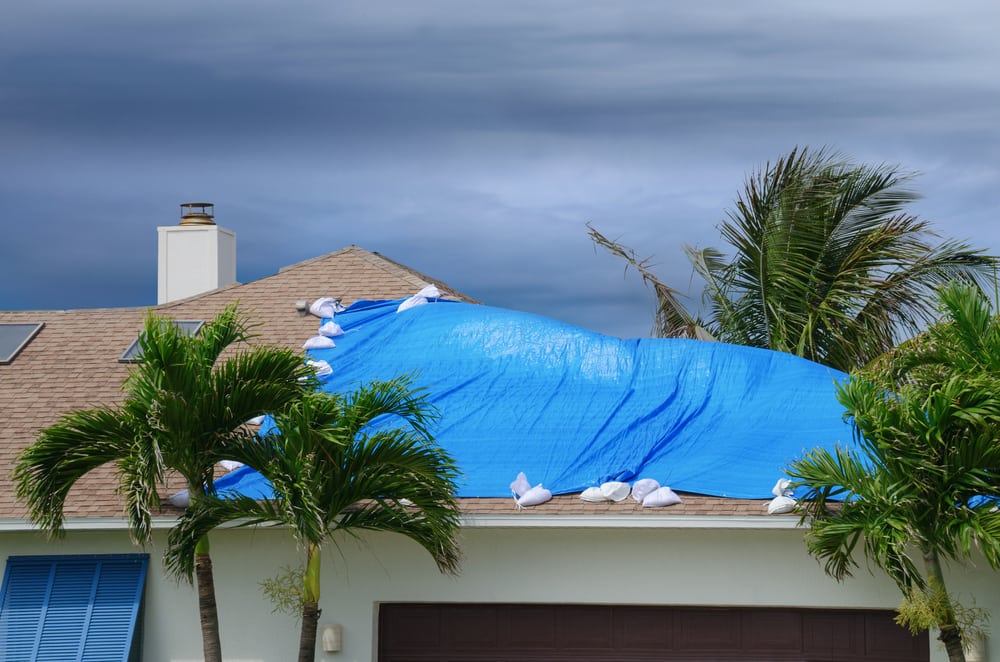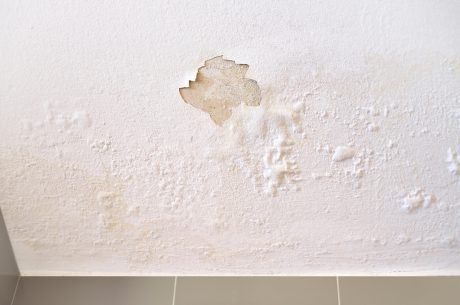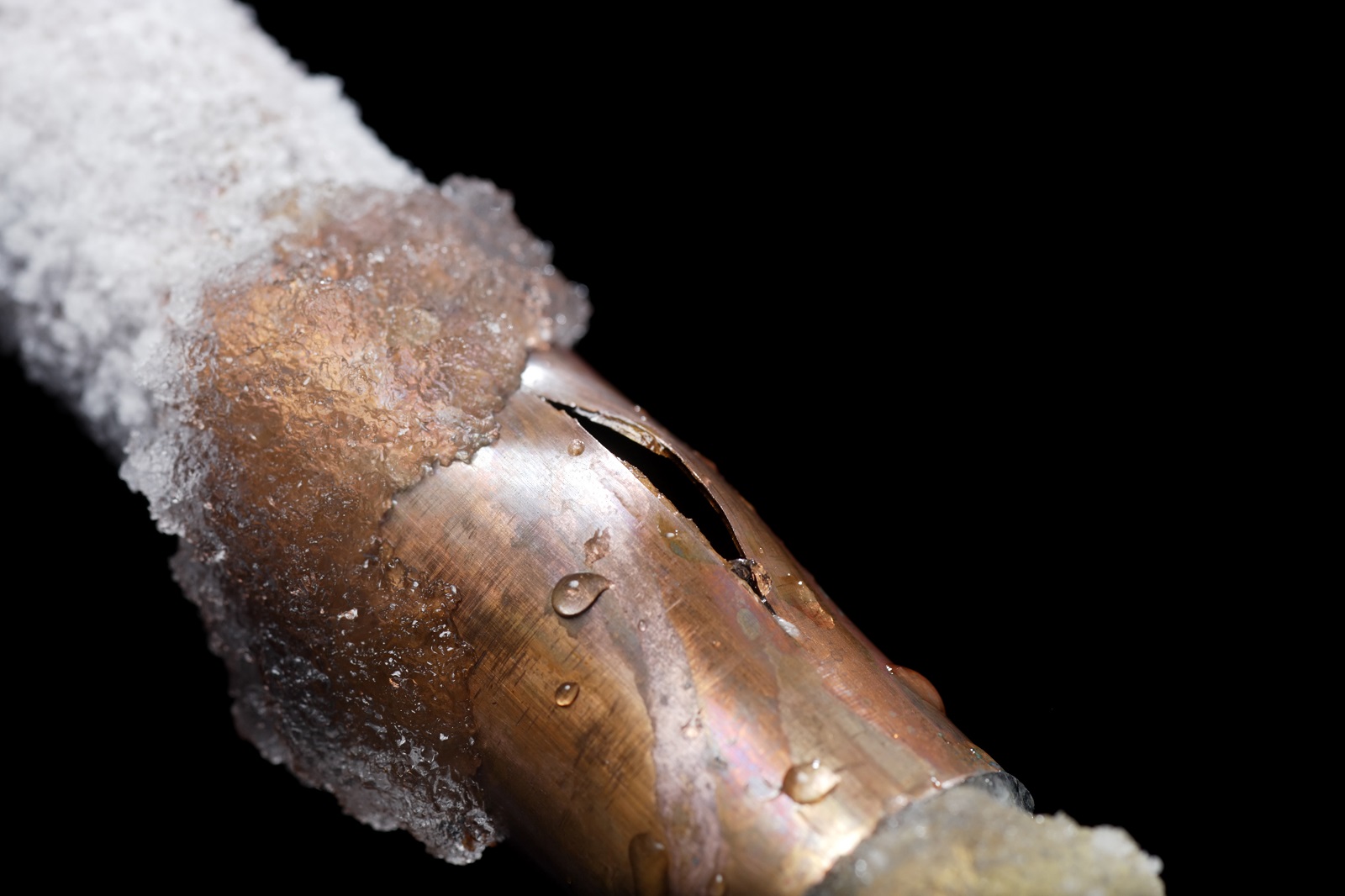
Hurricanes are the worst natural disasters in U.S. history. Hurricane Irma alone caused up to $200 billion worth of damage in 2017. While homes and properties are highly vulnerable to such disasters, the damages can be reduced by following a few key tips. Here’s how to minimize the impact of hurricanes on your home.
- Review your insurance. Regular homeowners policies don’t cover damage from flooding caused by natural disasters. So, before a hurricane strikes your area, make sure to get separate flood insurance. Visit https://www.floodsmart.gov/ for more info. Also keep an inventory with photos and videos of your belongings to help file the insurance claim.
- Secure your Make your roofing and frames stronger by installing reinforcements, such as straps or clips. Also secure loose shingles with heavy-duty adhesive and seal around your home’s chimney or vent pipes to keep water out.
- Maintain gutters and downspouts. Clean your gutters and downspouts regularly to prevent clogs. These could cause water damage to your home when rain starts to pour. Also ensure your gutters are strong and not sagging.
- Secure your windows. Strong winds can shatter your windows, leaving your home vulnerable. The best way to secure your windows is to install permanent storm shutters, which can be made of steel, aluminum, and other materials. Installing plywood is also a good defense for your windows. However, avoid taping as it doesn’t prevent glass from breaking.
- Caulk your home. Caulking is a fast way to waterproof your house and reinforce vulnerable areas. Caulk around your windows and doors, the edges of your house, and around chimneys and other roof penetrations.
- Insulate the outside first floor walls with rigid foam or install plastic sheeting. It won’t stop all the water from getting in, but most of the silt will be kept out.
- Reinforce your garage To make it withstand powerful winds, secure your garage door with a brace kit rated for storm and hurricane winds. Other ways to strengthen your garage door are installing a metal post system or covering the door with metal panels, fabric screen or 5/8-inch plywood.
- Trim trees and shrubs. Loose branches in your yard (and neighborhood) could be struck by powerful winds during a storm, damaging your house. So cut those dead or loose branches to safeguard your property.
- Secure loose objects. Your yard may also host objects that could become projectiles in high winds. Tie down and secure anything that could be swept up by winds, such as potted plants, lawn furniture, and dog houses. When a storm is imminent, bring light objects inside.
- Protect appliances from power outages. While you should unplug electrical devices during a powerful storm, it’s ideal to also purchase a surge protector. It prevents damage to your devices in case the power goes out.
- Move valuables to a higher floor. As electronics and appliances are susceptible to water damage, move them to a higher floor. If you can’t, at least raise them off the floor on concrete blocks.
- Use sandbags when a storm is hours from arriving. Pile up sandbags at least two feet high as an efficient barricade against floodwaters. If you don’t have sandbags, place heavy-duty garbage bags – filled one-third of the way with water – around your house doors.
When a hurricane arrives in your area, there’s no time to prepare. Don’t postpone – make the necessary preparations to protect your home against hurricanes now. For water removal services and mold cleaning services, contact your local PuroClean office.



 PuroClean of Green Bay
PuroClean of Green Bay